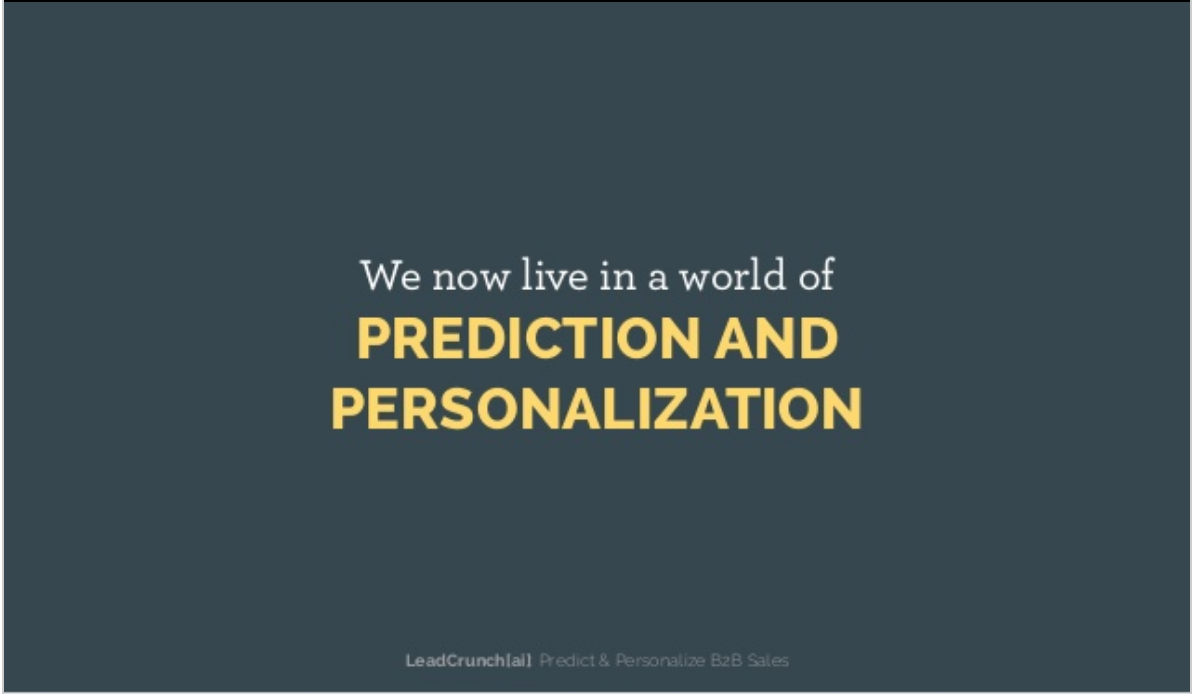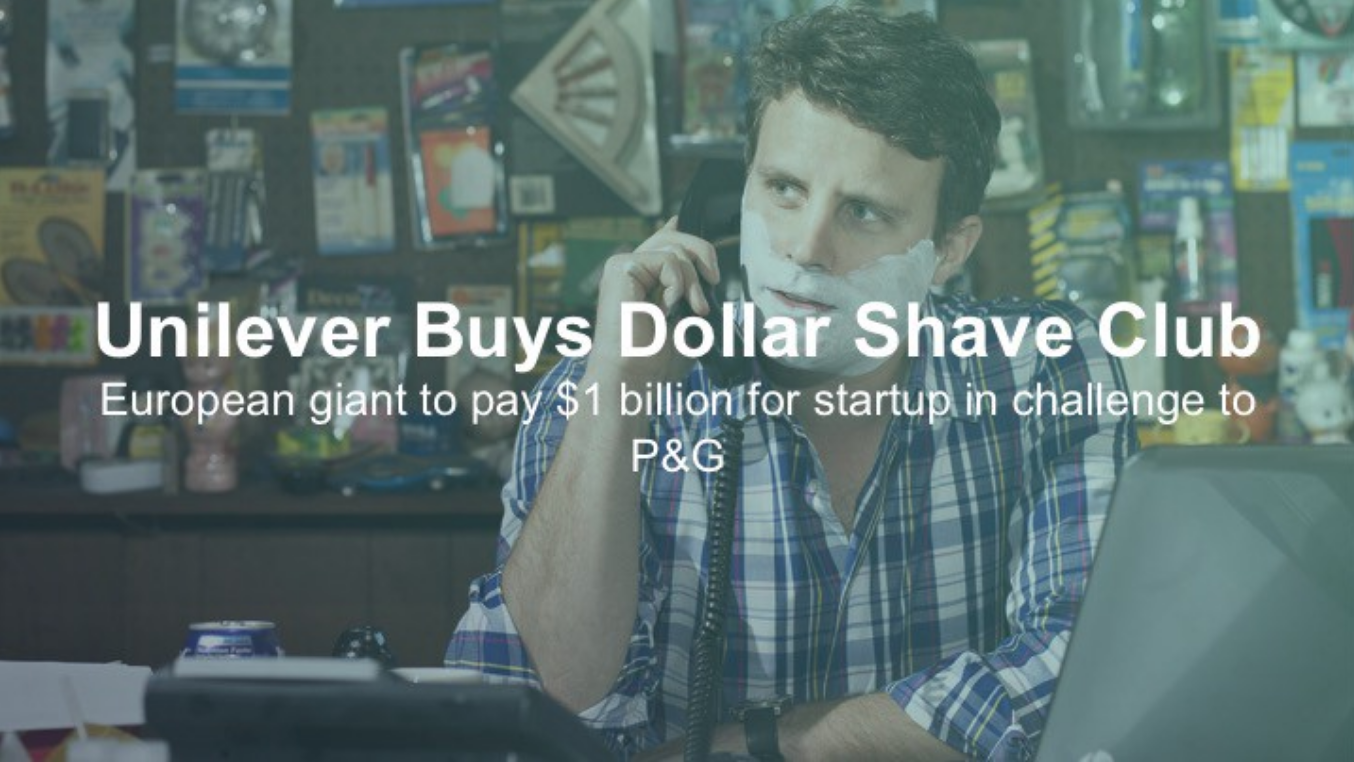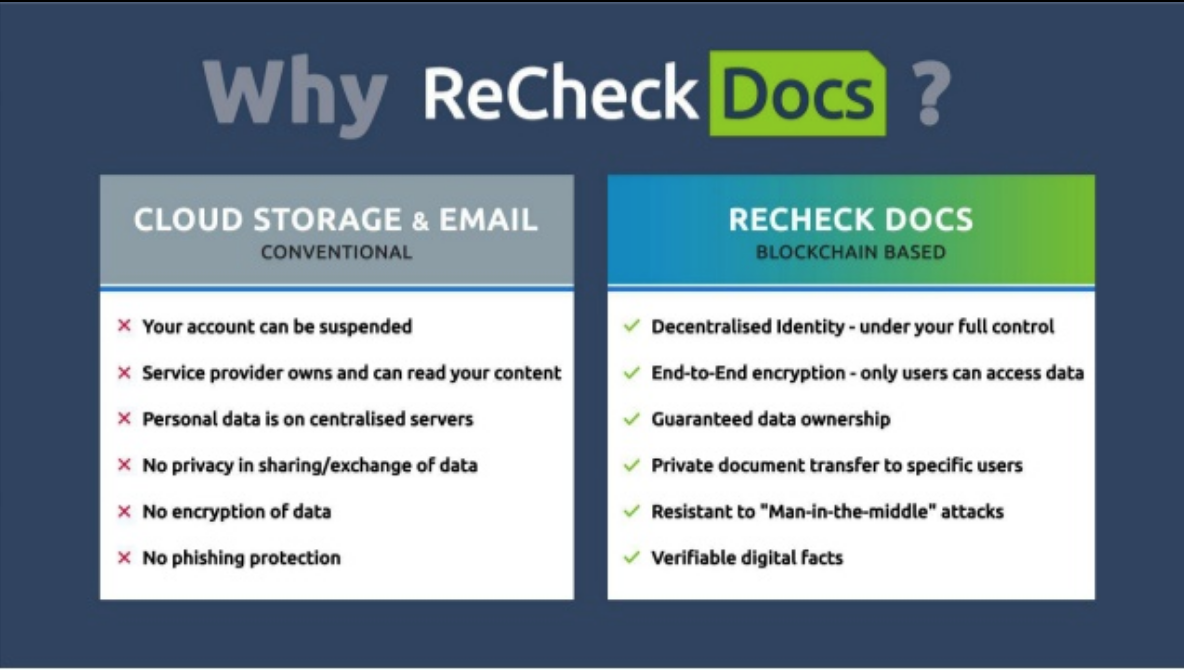Let’s get one thing straight: your prospects don’t care about your latest features and services. What they do care about are the forces impacting their business and how you can help them thrive. The thing is, no one wants to be told what they’re doing wrong or how they can improve. Start a conversation about a change happening in the industry or world, however, and suddenly they’re eager to share how they’re being impacted.
This is the power of storytelling in sales. Sure, “storytelling” is a buzzword in sales right now. But that doesn’t mean it’s wrong. We as humans have been telling stories since we invented language, and our brains are wired to engage with them far more than any statistic ever could. When you tell the story of your prospect’s struggles and how the hero (your product) can save the day, you’re painting a picture that’s a lot more striking than a stuffy, wordy slide.
Not everyone is a seasoned storyteller, but anyone can tell a story. Follow these five strategies for better sales presentations, and watch your engagement soar.
1. Identify the Big Shift That’s Happening
Think about why your company went into business. What problem were you trying to solve? Why do you continue to grow (i.e. the death of retail, the pull toward subscription services, or the prominence of streaming media)? How does any of this affect your customer? When you identify what is impacting your customers, you can showcase how your company can solve their problem.
Pitch deck tips:
- Don’t start by talking about yourself, your company, or your products. It’s not about you(...yet).
- After the cover slide, immediately bring out the big guns: identify the shift.
- Make your statement big and bold on a relevant background to draw attention.

2. Separate the Winners from the Losers
History has certainly shown that those who fail to adapt will lose. Companies like Blockbuster, Blackberry, and Sears serve as chilling reminders of the fate that awaits anyone who is unwilling to innovate. It’s up to you to show how shifts in industries and markets will create winners and losers. The best way to do this is to illustrate (with either industry or customer examples) a large drop-off of those that have already gone extinct and those that are currently thriving.
Pitch deck tips:
- Identify how adapting will result in a successful future and not adapting will result in failure.
- Show examples of companies that have already adapted to the shift.
- Ask listeners if they see the common theme between winners, losers, and the identified shift. Invite conversation if you can!

3. Show How They Can Win
What is the end goal? What will your prospect’s success look like — both with your help and without it? Tease the vision of a prosperous future and illustrate how it will be difficult to achieve without the right tools or services (like yours). Keep in mind that this slide should not be a list of benefits when using your product, but a description of what it will look like when the prospect has succeeded. Remember that the people you’re pitching will most likely have to pitch it again to their internal stakeholders. Identifying these key concepts first will help them better articulate it to their leaders after you’re gone.
Pitch deck tips:
- Don’t overwrite or clog slides with text. Choose succinct statements and simple iconography to convey big ideas.
- Use visual metaphors and bold photography to pull at the heartstrings and make statements stick.
- Ask thought-provoking questions that point to a brighter future.

4. Introduce Yourself as the Guide
Like any classic tale or epic movie, the narrative you’ve created is a depiction of how the “guide” (you) are leading the “hero” (your prospect) to the “promised land” of future success. Now, present your product and features as necessary tools and accessories along the journey. By setting up your sales pitch PowerPoint this way, you’ve made it so they remember the story you’ve told (and how they felt when you told it) as opposed to individual features they can’t explain later.
Pitch deck tips:
- Present your solution(s) in terms of the “old world” and “promised land” you’ve painted.
- Invite questions and conversation, whether technical or overarching, to ingrain the importance of taking the new path.
- Refrain from diving too deep into technical jargon. Stay focused on the overarching story. If they want to know more, they’ll ask.

5. Provide Proof
If you want your “hero” to follow you, you’ll have to show evidence that you can deliver the “promised land” first. Build trust by demonstrating how you’ve helped other companies like theirs face the perils of the changing world. Tell a short customer story focusing on the metrics you helped them achieve. Or, if you don’t have much compelling customer proof yet, conduct a demo instead — as long as you continue to present it in terms of overcoming the greater challenge instead of features alone.
Pitch deck tips:
- Get permission from your customers first before you use their quotes and success metrics.
- Humanize testimonials with photos of your customers customer or stock images.
- Include customer logos to draw eyes to big names and relevant companies.

Close Deals with a Better Pitch Deck Template
It’s important to remember that while even the best pitch deck will make a huge impact on a sales team’s ability to close deals, it probably won’t be the only thing that results in a win. Sales teams and company leaders must speak a common language when it comes to sharing their narrative.
Formstack Documents streamlines your pitch deck creation process by not only allowing you to automatically create custom presentations for each prospective client, but easily share it internally for collaboration, review, and approval. Maintain a consistent message by merging your presentation with central business systems, like your CRM, so all information is relevant and up-to-date. And once you’ve arrived at a sales deck template you feel good about, replicate it again and again for new prospects without having to manually enter new information.
Check out the video below to learn more about leveling up your document generation process with Formstack Documents.











